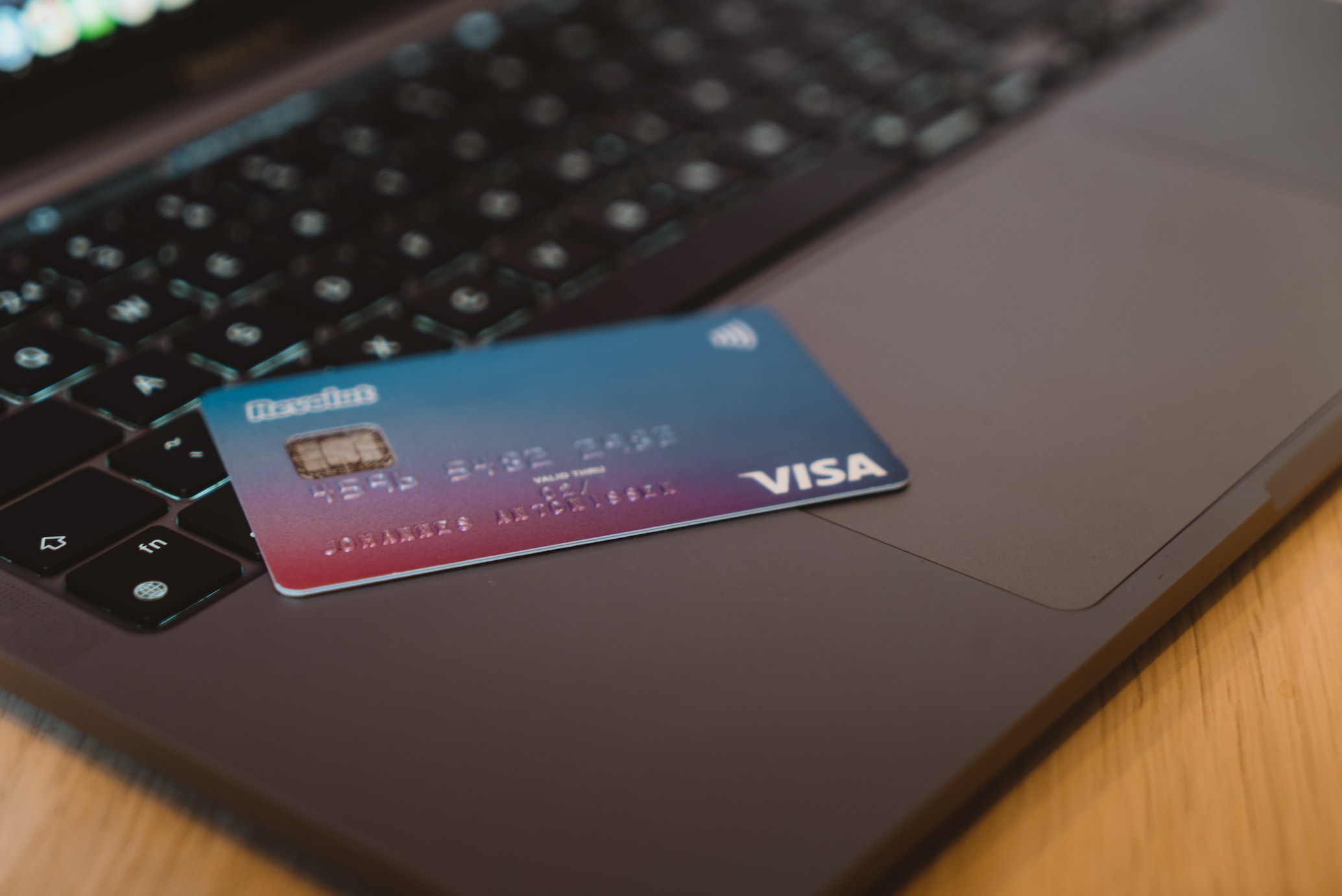Can I Put Stickers on My Debit Card? A Friendly Guide
Debit cards have become an essential tool for everyday transactions, and while they serve a functional purpose, they don’t have to be boring. Personalizing your debit card can make it stand out, add a touch of personality, and brighten up your day. One popular way to customize your debit card is by putting stickers on it. But can you do it? Let’s find out.
Key Takeaways
- Customizing your debit card with stickers is a fun way to add some personality to your card.
- Before adding stickers, it’s important to understand how your debit card works to avoid any issues with functionality.
- While adding stickers can be advantageous, it’s important to weigh the potential drawbacks, such as damage to the card and interference with card readers.
- You can customize your debit card safely by taking precautions such as using adhesive that won’t damage the card and avoiding covering essential elements of the card.
- If you’re not comfortable putting stickers directly on your debit card, there are alternative options such as custom designs offered by banks or online services.
Understanding Debit Card Functionality
Before we dive into the question of whether you can put stickers on your debit card, it’s important to understand how a debit card functions.
A typical debit card contains two important features: a magnetic strip and chip technology. The magnetic strip at the back of the card contains all your financial information and is read by the card reader when you insert it into an ATM or swipe it at a store. The chip on the face of the card adds an extra layer of security by encrypting your data and making it harder for fraudsters to steal your information.
When you use your debit card for transactions, the card reader accesses the information on either the magnetic strip or chip to complete the transaction. Therefore, it’s crucial that both these components are functioning correctly.
So, can you put stickers on your debit card without affecting its functionality? Let’s find out in the next section.
Pros and Cons of Putting Stickers on Your Debit Card
Customizing your debit card with stickers can be a fun and creative way to express your personality. Here are some advantages of putting stickers on your debit card:
- Individuality: Personalizing your debit card with stickers allows you to showcase your unique style and interests.
- Ease of identification: With a distinct and recognizable design on your debit card, it becomes easier to quickly identify your card in your wallet or purse.
- Creative outlet: Decorating your debit card with stickers can be a fun and stress-relieving creative outlet.
- Low cost: Stickers are affordable and readily available, making it an inexpensive way to personalize your debit card.
However, there are also some potential downsides to consider before putting stickers on your debit card:
- Damage to the card: Stickers can contribute to wear and tear on your card, potentially reducing its lifespan.
- Interference with card readers: Depending on the placement and size of the stickers, they may interfere with the functionality of the card’s magnetic strip or chip technology, making it harder to use for transactions.
- Security concerns: Depending on the type of stickers used, they may obscure important information on the card, like the expiration date or security code, making it more difficult to use for online purchases or in situations where extra verification is required.
Tips for Safely Customizing Your Debit Card
If you’re planning to put stickers on your debit card, it’s important to do it safely to avoid damaging your card. Here are some tips to ensure a smooth and secure experience:
- Choose the right stickers: Opt for stickers that are designed specifically for debit cards. Avoid using stickers that are too thick or have a strong adhesive that could damage the card or affect its performance.
- Stick to the edges: Apply the stickers only on the edges of your card, leaving the magnetic strip and chip technology unobstructed. This will ensure that your card continues to work properly.
- Protect your card: Consider using a clear, protective case to shield your card from wear and tear. This will also help prevent your stickers from peeling off or getting scratched.
- Avoid covering important information: Make sure the stickers don’t cover any important information on your card, such as your name, card number, or expiration date.
- Check regularly: Keep an eye on your card and the stickers. If you notice any damage or peeling, remove the stickers immediately to prevent further damage.
By following these tips, you can safely and securely personalize your debit card without compromising its functionality or risking damage to the card.
Alternative Ways to Customize Your Debit Card
If you’re not fond of putting stickers on your debit card, don’t worry! There are alternative methods to personalize it. Many banks offer custom debit card designs that you can choose from, or you can create your own design and upload it online. Here are some options:
Custom Debit Card Designs Offered by Banks
Many banks offer a range of pre-designed debit cards that you can choose from. These designs often include sports teams, animals, or other popular themes. Check with your bank to see what options they offer. Some banks may even allow you to upload your own photo to use as your debit card design.
Create Your Own Design
If you want a truly unique debit card design, you can create your own. There are several online services that allow you to upload your own design and order a custom debit card. Make sure to check that the online service is legitimate and follow the guidelines they provide to ensure your design meets the necessary specifications for the debit card.
Cover Your Debit Card with a Protective Sleeve
If you want to protect your debit card from wear and tear, but still want to personalize it, consider getting a protective sleeve. These sleeves are designed to fit snugly over your debit card and protect it from scratches and other damage. Some protective sleeves even come in different designs and colors.
Can I Put Stickers On My Debit Card
Yes, you can put stickers on your debit card, but it’s not recommended. Stickers can interfere with the card’s functionality, potentially causing issues with card readers or ATMs. Additionally, stickers may make it easier for someone to tamper with your card or steal sensitive information.
Conclusion
So, can you put stickers on your debit card? The answer is yes, but with caution. While personalizing your debit card with stickers can be a fun and creative way to express yourself, it’s important to understand the potential risks and take precautions to protect your card’s functionality.
Key Points
- Understanding how your debit card functions is important before considering any personalization options.
- While there are advantages to putting stickers on your debit card, there are also potential drawbacks.
- It’s crucial to put stickers on your debit card safely and protect it from damage or interference with card readers.
- Alternative methods, like custom designs offered by your bank or online services, may be a great option if you’re hesitant about putting stickers directly on your card.
Remember, your debit card is an important financial tool, so take care when customizing it and be mindful of potential risks. By following our tips and taking the necessary precautions, you can personalize your debit card safely and creatively.
FAQ
Can I put stickers on my debit card?
Yes, you can put stickers on your debit card to personalize it.
Will putting stickers on my debit card affect its functionality?
It’s important to be cautious when putting stickers on your debit card, as they may interfere with the magnetic strip or chip technology. Make sure the stickers are not covering important components or information.
What are the pros of putting stickers on my debit card?
By putting stickers on your debit card, you can express your individuality and make it more visually appealing.
Are there any cons to putting stickers on my debit card?
Yes, there are potential drawbacks to consider. Stickers may peel off or become damaged over time, and they can interfere with card readers, making transactions difficult.
How can I safely customize my debit card with stickers?
To safely customize your debit card, make sure the stickers are securely applied and avoid covering important information or components. Be mindful of the materials used in the stickers to prevent damage to the card.
Are there alternative methods to personalize my debit card?
Yes, there are alternative ways to customize your debit card. Some banks or online services offer custom debit card designs that can be ordered and printed on your card.
Can I remove the stickers from my debit card?
Yes, you can remove the stickers from your debit card if you decide you no longer want them. Gently peel them off, taking care not to damage the card.









